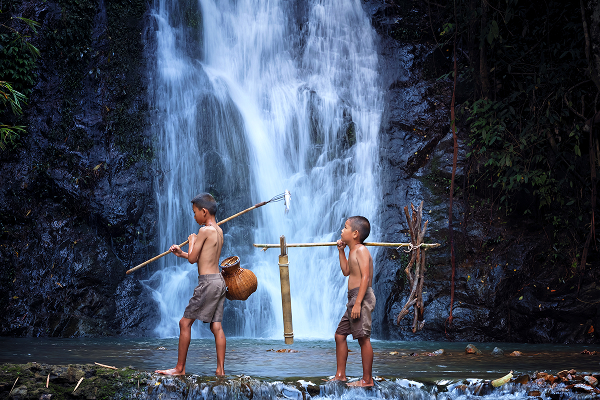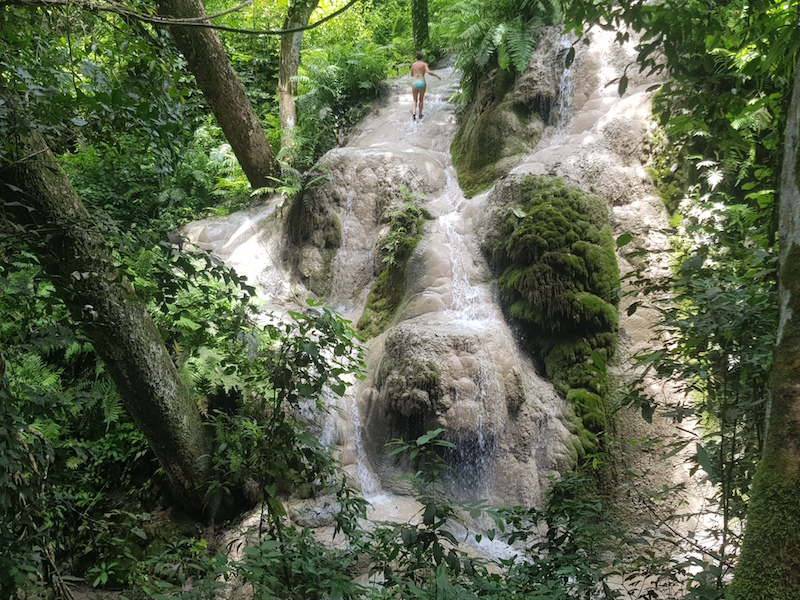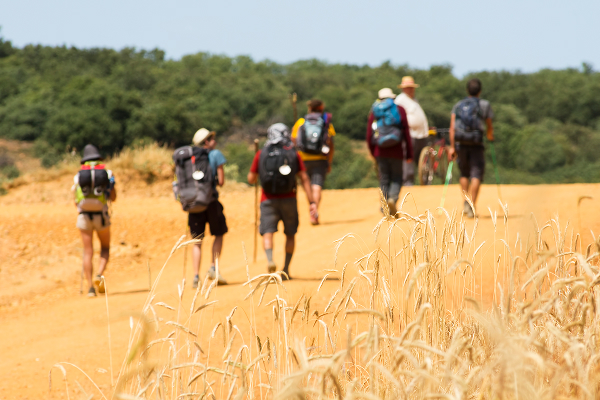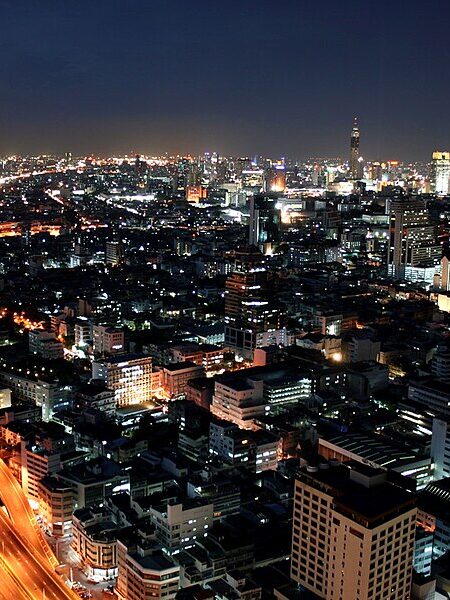Chiang Mai hiking
Chiang Mai, nestled in the lush mountains of Northern Thailand, is a haven for hikers and culture enthusiasts. This guide dives into the heart of Chiang Mai’s hiking adventures, where ancient temples, cascading waterfalls, and vibrant hill tribe villages await. Whether you’re trekking through the dense jungles of Doi Inthanon National Park, marveling at the serene beauty of Wat Phra That Doi Suthep, or connecting with the traditions of the Karen or Lahu tribes, Chiang Mai offers a perfect blend of nature and culture. This itinerary is designed for travelers seeking an active, immersive experience, with trails ranging from easy strolls to challenging ascents. Expect breathtaking views, encounters with local communities, and moments of tranquility amidst Thailand’s natural splendor.
1. Temple Trails: Walking to Sacred Mountaintops
Hiking to temples perched on hills is a classic Northern Thai experience. The combination of forest, quiet meditation spots, and panoramic views makes these routes unforgettable.
1.1 The Monk’s Trail to Wat Pha Lat & Doi Suthep
One of the most beloved trails in Chiang Mai is the Monk’s Trail (aka Wat Pha Lat trail). Starting near Chiang Mai University / the zoo area, the shaded path winds through jungle streams and small cascades before arriving at Wat Pha Lat, a serene forest temple.
From Wat Pha Lat you can choose to continue up to Doi Suthep via steeper forest steps. The full route to Doi Suthep offers a quieter alternative to the road route and is considered moderately challenging.
Another variant is a trail combining Sai Yoi & Mon Tha Than temple along forested terrain—a 4.0-mile out-and-back route with some elevation gain.
1.2 Doi Pui to Khun Chang Khian Loop
If you prefer a loop hike that intersects rural life and mountain flora, this route travels from the summit area of Doi Pui down toward the Hmong village of Khun Chang Khian. You cross farmland, mossy forest, and ethnic gardens. It’s less trafficked and gives a more “off-grid” feel.
1.3 Sai Yoi & Mon Tha Than Temple Hike
If you prefer a loop hike that intersects rural life and mountain flora, this route travels from the summit area of Doi Pui down toward the Hmong village of Khun Chang Khian. You cross farmland, mossy forest, and ethnic gardens. It’s less trafficked and gives a more “off-grid” feel.

2. Waterfall Hikes & Jungle Cascades
Chiang Mai’s surrounding districts are dotted with waterfalls—some easy strolls away, others deeper in forest reserves. Many combine beautifully with hikes.
2.1 Mae Sa Waterfall Loop
Located in Doi Suthep-Pui National Park, the Mae Sa Waterfall complex has multiple tiers and a looping trail that connects them. It’s accessible, scenic, and ideal for a half-day adventure.
2.2 Sticky (“Bua Tong”) Waterfalls
About 60 km from Chiang Mai, Bua Tong (aka Sticky Waterfalls) is famous for its limestone surfaces which let hikers climb up the waterfall with relative grip. Trails around the forest park lead to multiple cascades.

2.3 Mae Wang / Da La Poe Trail
In the Mae Wang area, you can hike along river trails through lush forest to Mae Sapok, Da La Poe, and Dam waterfalls. Some treks include loops passing small Karen villages.
2.4 Doi Inthanon Waterfall Trails
Within Thailand’s highest peak park, several trails lead you to waterfalls such as Mae Ya, Wachirathan, Sirithan, and Pha Dok Siew. The Ang Ka Luang Nature Trail is a short but atmospheric forest loop.
One highlight is the Mae Ya + Pha Dok Siew combined hike—with forest paths, rice-terraced slopes, waterfalls, and a visit to a Karen village.
3. Hill Tribe Treks: Culture, Village Life & Forest Paths
Venturing into remote hill tribe regions is where the real magic lies. Rather than seeing villages from a road, you walk into them.
3.1 Choosing Your Trek Length: Day vs. Multi-day
One-day treks work well if you’re short on time—often combining waterfalls, village visits, and light walks. For example, a 1-day trekking + waterfalls route near Mae Sapok includes swimming, jungle paths, and a Karen village.
Multi-day treks (2–5 days or more) allow you to penetrate deeper, stay overnight in tribal villages, and experience immersive nature. Tour operators run treks up to 5 days covering villages of Karen, Lahu, Akha, and more.
3.2 Typical Trekking Regions & Villages
Many treks head into the Mae Tang / Mae Wang / Chiang Dao regions. Villages visited may include Karen, Lahu, Akha, Hmong, and Lisu.
Some operators emphasize ethical, eco-sensitive tours, focusing on less-visited trails and fair compensation for local guides.
3.3 What to Expect On Trek: Food, Lodging & Guide Roles
On multi-day treks, meals are usually local — rice, vegetables, jungle-foraged herbs, and occasionally meat or fish. Lodging might be simple homestays, bamboo huts, or jungle camps. In many cases, trekkers may share communal sleeping mats.
Guides play many roles: path-finder, translator, cultural liaison, and safety lead. Some explain medicinal plants, local beliefs, forest ecology, and traditional techniques.
Many operators also include river crossings, bamboo rafting, or cave visits (e.g. Tham Lod cave on multi-day treks) as part of the route.

4. Planning Tips & Practical Advice
4.1 Best Season to Trek
The ideal season for hiking is the cool, dry months (November to February). Trails are less slippery and rainfall is lower. The rainy season (June–September) can make trails muddy or impassable. Avoid smoky season (March–May) when slash-and-burn farming reduces visibility.
4.2 Permits, Entrance Fees & Local Regulations
Many national parks (e.g. Doi Inthanon) require entrance fees. Some trails, especially through protected forest zones or tribal lands, may require local permits or paying a village fee. Always confirm with your tour operator.
4.3 Gear, Health & Safety
Essentials include sturdy hiking shoes, rain jacket, mosquito repellent, water purification, sun protection, and a first-aid kit. Be ready for steep ascents, slippery rocks, and exposure to insects. Also carry snacks and extra water. Let someone know your route and estimated return time.
4.4 Ethical Considerations & Responsible Travel
When trekking in hill tribe areas, choose tours that work with rather than exploit local communities. Support operators who pay fairly and avoid those promoting exploitative “tourist village” setups. Respect local customs, ask before photographing, and minimize litter.
5. Sample Itineraries
5.1 One-Day “Temples & Waterfalls” Hike
Morning: Start Monk’s Trail from the zoo / CMU area → arrive at Wat Pha Lat → continue to Doi Suthep
Midday: Descend and head toward Huay Kaew waterfall (on Doi Suthep road)
Afternoon: Visit Sticky Waterfall (Bua Tong) or a nearby cascade
Evening: Return to Chiang Mai
5.2 Two-Day Hill Tribe Trek + Waterfalls
Day 1: Depart Chiang Mai in a songthaew toward Mae Sapok / Mae Wang → trek to village → overnight homestay
Day 2: Continue trekking past waterfalls, forest streams, return to Chiang Mai
5.3 Five-Day Immersive Trekking Loop
Trek from Chiang Mai toward Ban Pha Mon (villager base) → through rice terraces and forest → visit multiple tribal villages (Lahu, Karen, Akha) → cave or river excursions (e.g., Tham Lod) → return via Doi Inthanon region back to Chiang Mai. (This mirrors many operators’ 5-day loops).
FAQs
Q: Are Chiang Mai’s hiking trails safe for solo travelers?
A: Yes, popular trails like Monk’s Trail and Mae Sa are safe, but remote hill tribe treks are best with guides for navigation and safety.
Q: What should I pack for Chiang Mai hikes?
A: Bring water, sunscreen, insect repellent, sturdy shoes, and rain gear in the wet season. A small backpack is ideal for day hikes.
Q: Can I visit hill tribes without a guide?
A: It’s possible but not recommended; guides ensure cultural respect and safe navigation in remote areas.
Q: How much should I budget for hiking in Chiang Mai?
A: Budget 500–1,500 THB/day for food, transport, and entry fees; guided treks cost 1,000–3,000 THB/day.
Q: Are there ATMs near hiking trailheads?
A: ATMs are common in the Old City but scarce near remote trails; carry cash for village homestays and food stalls.










